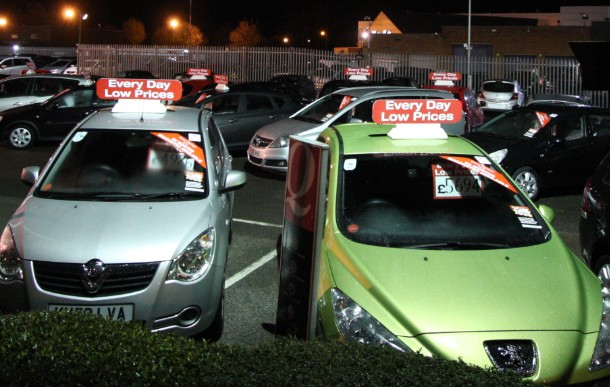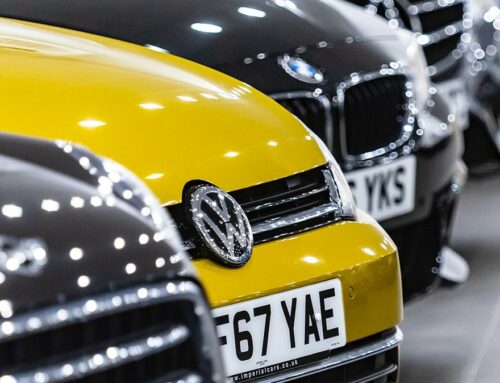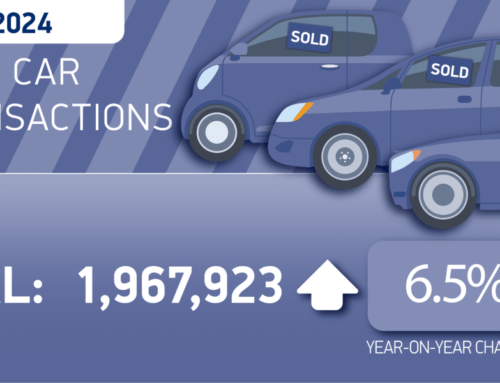JUNE has seen a two-tier market for used car values with older, cheaper cars generally increasing in price, and cars under two-years-old moving down slightly on average.
Cap hpi said the overall movement at the three-year, 60,000-mile point was an increase of 0.3%, the first average upward movement in June since 2009.
Values for younger vehicles dropped by 0.4%, however, values started to strengthen by 15 June as dealers became more active.
An example of this trend is the Volkswagen Up! which fell by 1% at the start of the month but recovered to increase by 3% towards month-end.
Older vehicles have been the real success story during the month. The average movement of 5-year old cars is 1.2%, or £70, up during June, while 10-year old cars have increased by an unprecedented average of 5.7% or £140, at a time of the year when values invariably drop.
Derren Martin, head of valuations UK at cap hpi, said: “The strength of the used car market through June has taken even the most optimistic within the industry by surprise. The question ‘how long does this carry on for?’ is one being asked far and wide at the moment, and there is no historical precedent to reference.
“Our Live valuation service will continue to track the market daily, and any fluctuations over the coming weeks will be reported real-time. As has happened in June, values for specific models can change in different directions over days or weeks, so keeping a close eye on daily valuations is essential at this time.”
Within these averages, there have been some particular winners. The Peugeot 107 at both five and 10-years old has increased by 10%, the BMW 3-Series Diesel and Audi A5 Coupe have increased by a similar percentage on older vehicles, averaging around £350-400 at the 10-year point.
The BMW X3, pre-2010 model, has increased by almost 12% or £355 on average. For the percentage increases to occur in such a short-time period is almost unprecedented says cap hpi and the examples support the forecast view that smaller models and older premium cars would be in demand.
Convertibles and cabriolets have certainly been sought after, particularly for models over three-years-old.
Prices of these good value and generally attractive cars have been helped by the sunny weather and also possibly by the short-term increase in some peoples disposable income.
While demand has been a significant factor in the average price movements, shortages of supply have also played their part. The lack of new car activity has led to a shortfall in the numbers of part-exchanges being generated.
Logistics issues have also become a significant problem for the industry, with delivery lead times going from around 72-hours in early March to approximately 15-days in June, according to anecdotal feedback.
Martin concluded: “Generally, the adage ‘what goes up must come down’ rings true with used car prices and is proven by movements in cap hpi used values over the years.
“Once the current pent-up demand is exhausted and the supply chain gets back up to closer to full capacity, the market is likely to see volumes appear from lease and other finance extensions.
“While this may not happen in July, it seems almost inevitable that the current strength is unsustainable and supply will at some point outweigh demand, maybe towards the end of the summer.”







Leave A Comment